Introduction: One Speech That Changed History
In the summer of 1588, England faced an existential crisis. The Spanish Armada, the world’s most powerful naval force at the time, was advancing through the English Channel, with invasion imminent. In this desperate situation, one female monarch delivered a speech that would be remembered throughout history.
Queen Elizabeth I.
The speech she gave at Tilbury has been passed down through generations as the “Tilbury Speech” and is considered the starting point of the British Empire. Why did this speech move people’s hearts so profoundly and change the course of history?
This article explores the background, content, and historical significance of Queen Elizabeth I’s legendary speech, incorporating the latest research findings.
1588: The National Crisis Facing England
The Threat of the Spanish Armada
In 1588, Spain was a superpower dominating the world’s seas. The Spanish Empire, led by Philip II, boasted Europe’s strongest military force, funded by enormous wealth from the New World.
The Scale of the Spanish Armada:
- Number of ships: Over 130
- Military force: Approximately 30,000 men
- Objective: Conquest of England and elimination of Protestant forces
Meanwhile, England was a small nation far inferior to Spain in population and economic power. The military disparity was overwhelming. Many people are said to have resigned themselves to “the end of England.”
Why Did Spain Attack England?
Several factors lay behind Spain’s invasion:
- Religious Conflict: Catholic Spain vs. Protestant England
- Political Opposition: Elizabeth I’s policy of supporting pirates
- Economic Reasons: English privateers attacking Spanish ships
- Succession Issues: Retaliation for the execution of Mary, Queen of Scots
These factors combined led Philip II to execute the bold operation of “conquering England.”
Elizabeth I’s “Unprecedented Decision”
The Queen Herself Goes to the Front Lines
On August 8, 1588, Elizabeth I took an action that was unprecedented for the time. She mounted a warhorse herself and went to the camp at Tilbury to stand before the soldiers.
Why Was This “Unprecedented”?
- A Female Monarch Visiting a Battlefield: In the 16th century, it was unthinkable for a woman to go near a battlefield
- Personal Danger: The Spanish fleet was still in nearby waters, and landing could occur at any moment
- Political Risk: If anything happened to her, the nation would fall into chaos without an heir
- Challenging Social Conventions: Directly challenging the contemporary stereotype that women were “weak”
Nevertheless, Elizabeth I appeared before the soldiers wearing silver armor and mounted on a white horse. This appearance itself became a powerful message.
The Essence of Leadership
What Elizabeth I demonstrated at Tilbury was true leadership.
In times of crisis, leaders have two choices: give orders from a safe location, or share the danger with their subordinates. Elizabeth chose the latter without hesitation.
This choice sent a strong message to the soldiers: “The Queen is with us.”
The Legendary Tilbury Speech: Its Content and Famous Words
A Speech for the Ages
At the camp in Tilbury, Elizabeth I delivered a powerful speech to the assembled soldiers. The most famous passage from this speech is:
“I know I have the body of a weak and feeble woman, but I have the heart and stomach of a king, and of a king of England too.”
These words were brilliant rhetoric that turned contemporary gender stereotypes on their head.
Key Messages of the Speech
Elizabeth I’s speech contained several important messages:
1. Creating Solidarity She clearly demonstrated her stance: “I will fight with you, live with you, and die with you.” She emphasized bonds as comrades that transcended the hierarchical relationship between monarch and soldiers.
2. Asserting Legitimacy She provided a just cause: that Spain’s invasion was unjust and England was fighting for justice.
3. Inspiring Courage Rather than simply saying “do not fear,” she took a more human and empathetic approach: “I too am afraid. But let us face this together.”
4. Promise of Rewards She promised to properly recognize the achievements of each soldier upon victory.
Rhetorical Techniques in the Speech
Recent research has revealed that Elizabeth I’s speech employed sophisticated rhetorical techniques:
- Use of Paradox: Contrasting “a weak woman’s body” with “the heart of a king”
- Repetition: Repeating the phrase “with you”
- Emotional Appeal: Words that spoke directly to the soldiers’ hearts, not just their reason
- Concrete Promises: Offering specific rewards, not just abstract ideals
The Defeat of the Spanish Armada and Its Aftermath
A Turning Point in History
Days after Elizabeth I’s speech, the decisive battle between the English navy and the Spanish Armada took place. The result was an English victory that no one had expected.
Reasons for Victory:
- The English navy’s mobility and artillery tactics
- Bad weather (the storm called “the Protestant Wind”)
- High morale (the effect of Elizabeth I’s speech)
- Spain’s supply line problems
The Spanish Armada suffered devastating losses, with many ships sinking in storms. Less than half returned home.
The First Step Toward the British Empire
This victory became an important turning point in English history:
- Enhanced International Status: Transformation from a small nation to a maritime power
- Economic Development: Expansion of overseas trade
- Cultural Golden Age: The flourishing of Elizabethan culture, with figures like Shakespeare
- Formation of National Identity: Establishment of identity as “English”
This was truly the starting point of what would become the British Empire.
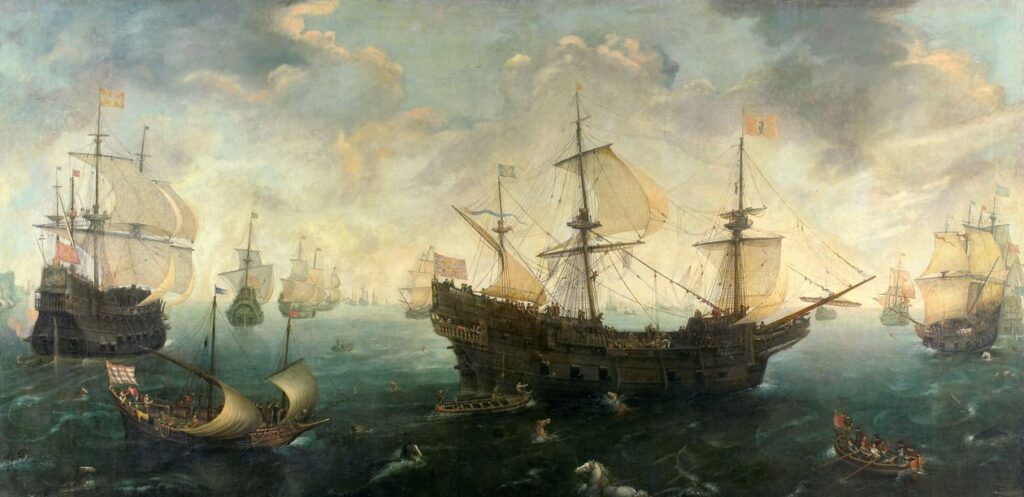
Lessons from Elizabeth I’s Leadership
Teachings That Resonate Today
Though the speech was nearly 500 years ago, Elizabeth I’s leadership offers many lessons relevant to the present day.
1. Turning Weakness Into Strength She acknowledged the contemporary prejudice that “a woman’s body is weak,” but converted it into a rhetorical reversal: “but the spirit is strong.” This teaches the importance of recognizing one’s weaknesses and constraints while demonstrating the attitude to overcome them.
2. Leadership Through Empathy She gained trust not through commands or intimidation, but by standing on the same level as the soldiers. Even in modern management, “empathy” is considered one of the most important leadership skills.
3. The Power of Words She demonstrated the importance of appropriate word choice and messages that resonate with the heart. In times of crisis especially, a leader’s words can determine an organization’s fate.
4. Courageous Decisions Rather than choosing safety, she made the decision to take risks and stand on the front lines. True leaders put themselves in the line of fire during crises.
New Facts Revealed by Recent Research
Debate Over the Speech’s Authenticity
In fact, historians have debated the Tilbury Speech for many years.
Main Points of Discussion:
- Did the speech actually take place?
- Are the recorded words accurate?
- Has there been embellishment or dramatization by later generations?
Recent research confirms that the speech did indeed take place, but the currently known content likely integrates multiple testimonies and records.
The Value Remains Unchanged
Even if there is uncertainty about the speech’s details, the essence of the leadership Elizabeth I demonstrated at Tilbury remains unchanged. The very fact that the Queen actually visited the front lines and inspired the soldiers is what is historically important.
Conclusion: How One Speech Changed History
Elizabeth I’s Tilbury Speech was more than just a great speech. It was:
- A symbol of determination and courage in a national crisis
- A model of leadership that transcended gender barriers
- A historical moment when the power of words moved people
- A turning point that opened the path to the British Empire
Her words, “I have the heart of a king,” continue to inspire leaders around the world nearly 500 years later.
In times of crisis especially, there is much to learn from Elizabeth I’s resolve and courage.
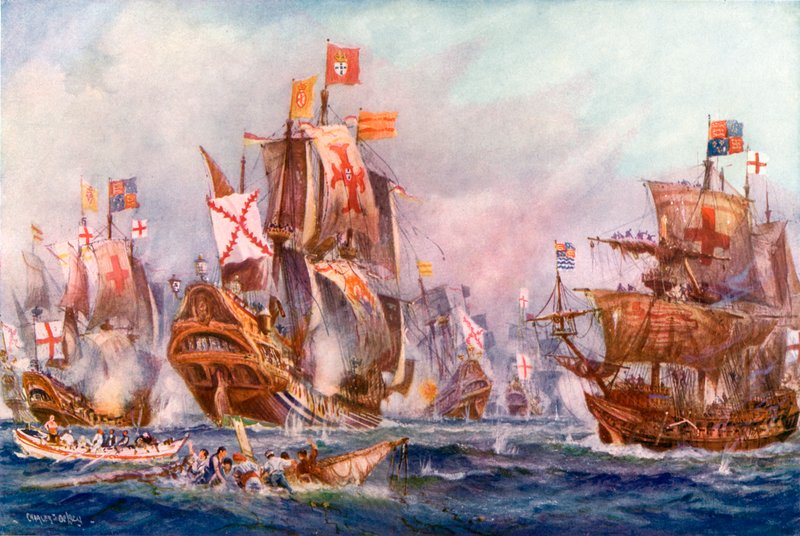
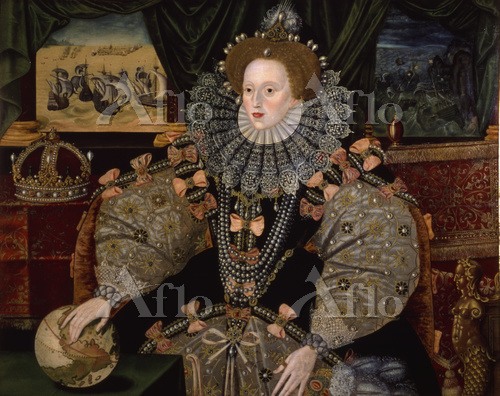
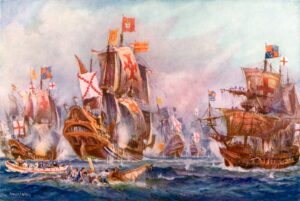
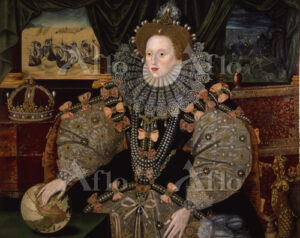

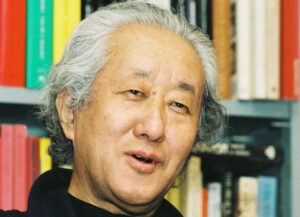
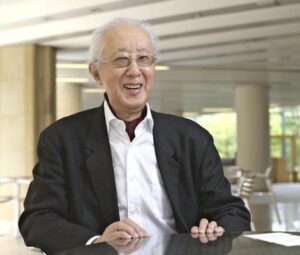






コメント